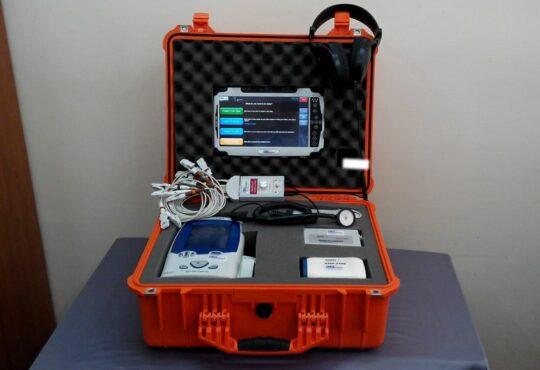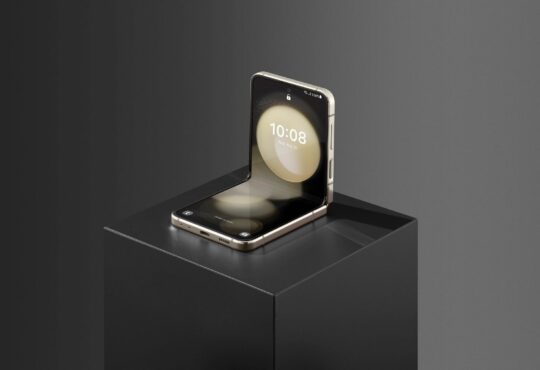[mks_pullquote align=”left” width=”600″ size=”24″ bg_color=”#d1d1d1″
txt_color=”#0a0a0a”]
By: Conrad H. Blickenstorfer
RuggedPCReview.com[/mks_pullquote]
Is your screen usable?
If you take a handheld computer or a tablet or a laptop outdoors and on the job, it’s really important whether you can still see what’s on the screen clearly enough to actually use the computer. Whether you can or not depends on a lot of things, like how bright it is outside, whether there are reflections, the size of the screen, its sharpness and contrast, viewing angles, and so on.
Experts calculate the “effective” contrast ratio in bright outdoor light by estimating sunlight compared to the light that’s reflected back by the typical computer screen with its various treatments and several reflective layers. How well those internal reflections are controlled determines how readable the screen remains in sunlight.
With current display technology, of equal or perhaps even greater importance is the backlight. A strong backlight is generally better than a weak one, I say “generally” because a super-strong backlight can make a screen look washed out. That happens when the black pixels cannot block a backlight that’s too powerful for a given screen technology. And, of course, a strong backlight drains the battery much more quickly.
Nevertheless, backlight strength is very important to outdoor and sunlight readability. But what exactly constitutes a “strong” backlight?






